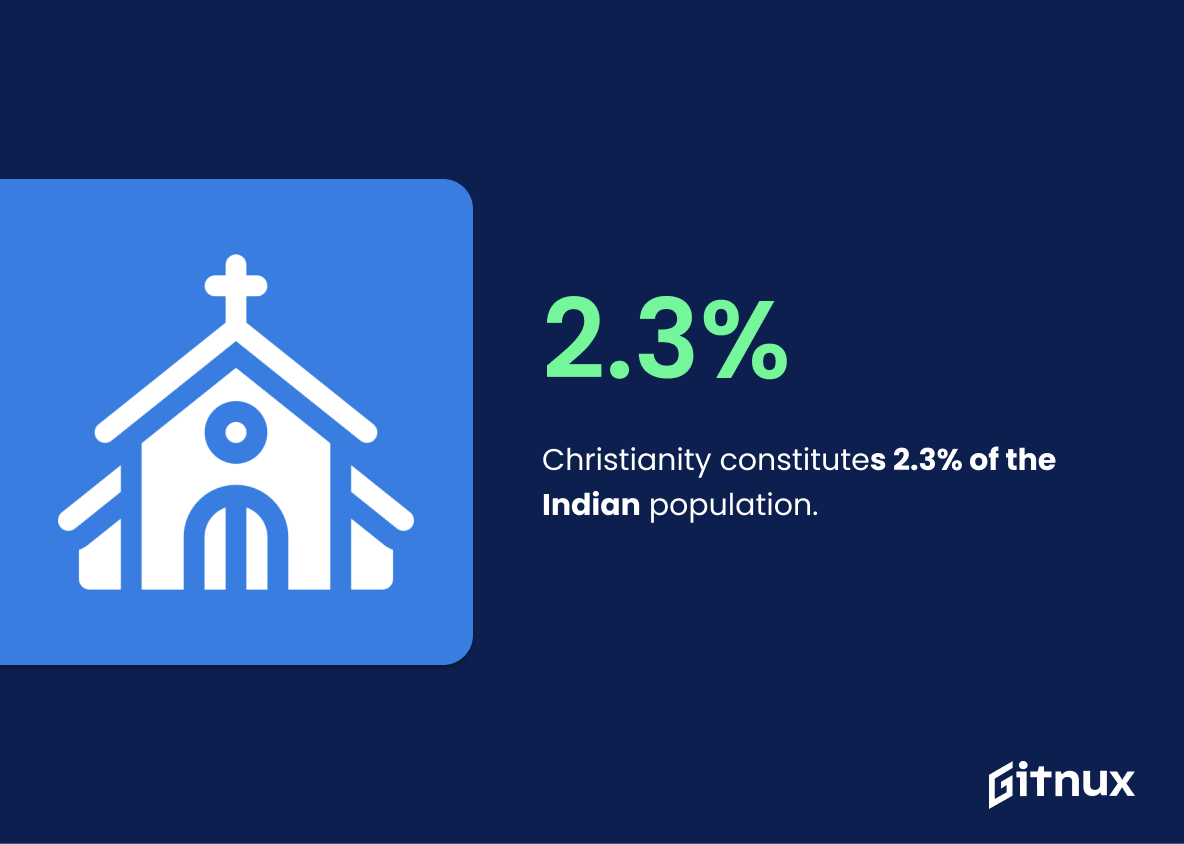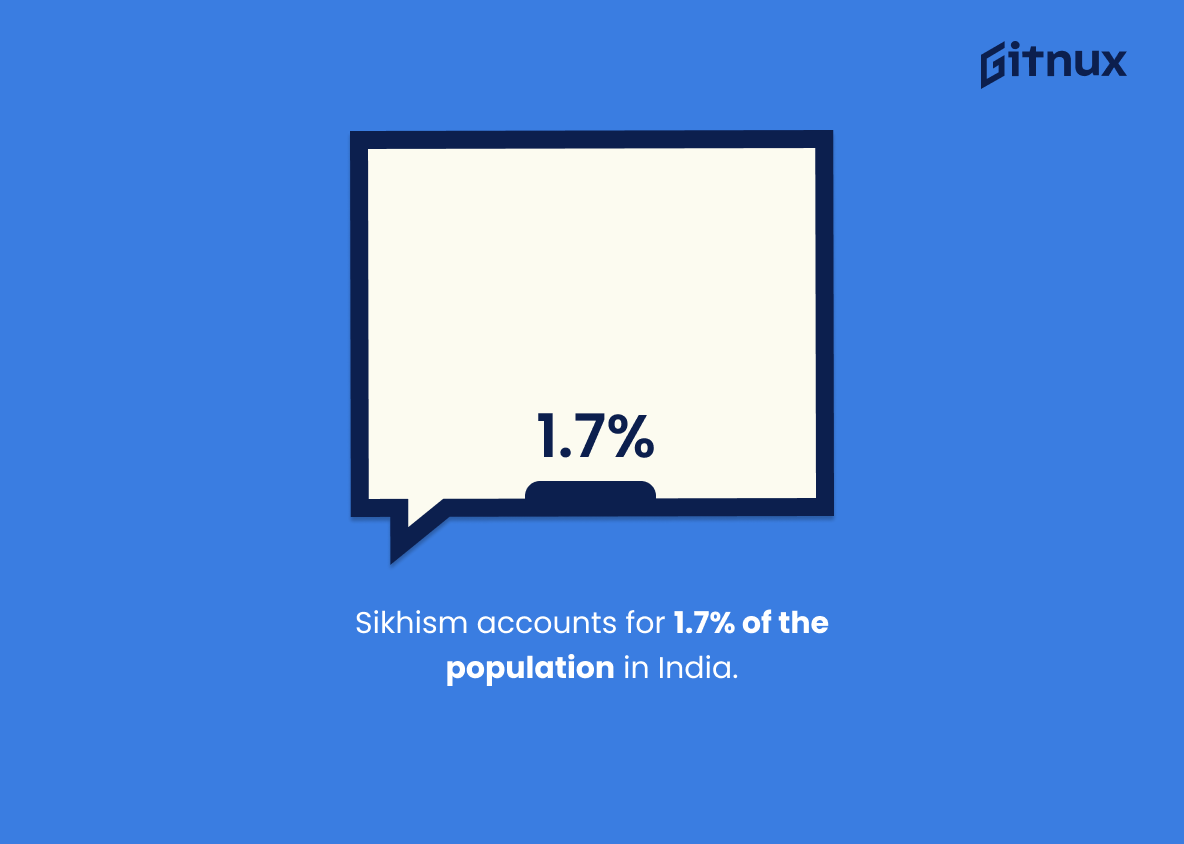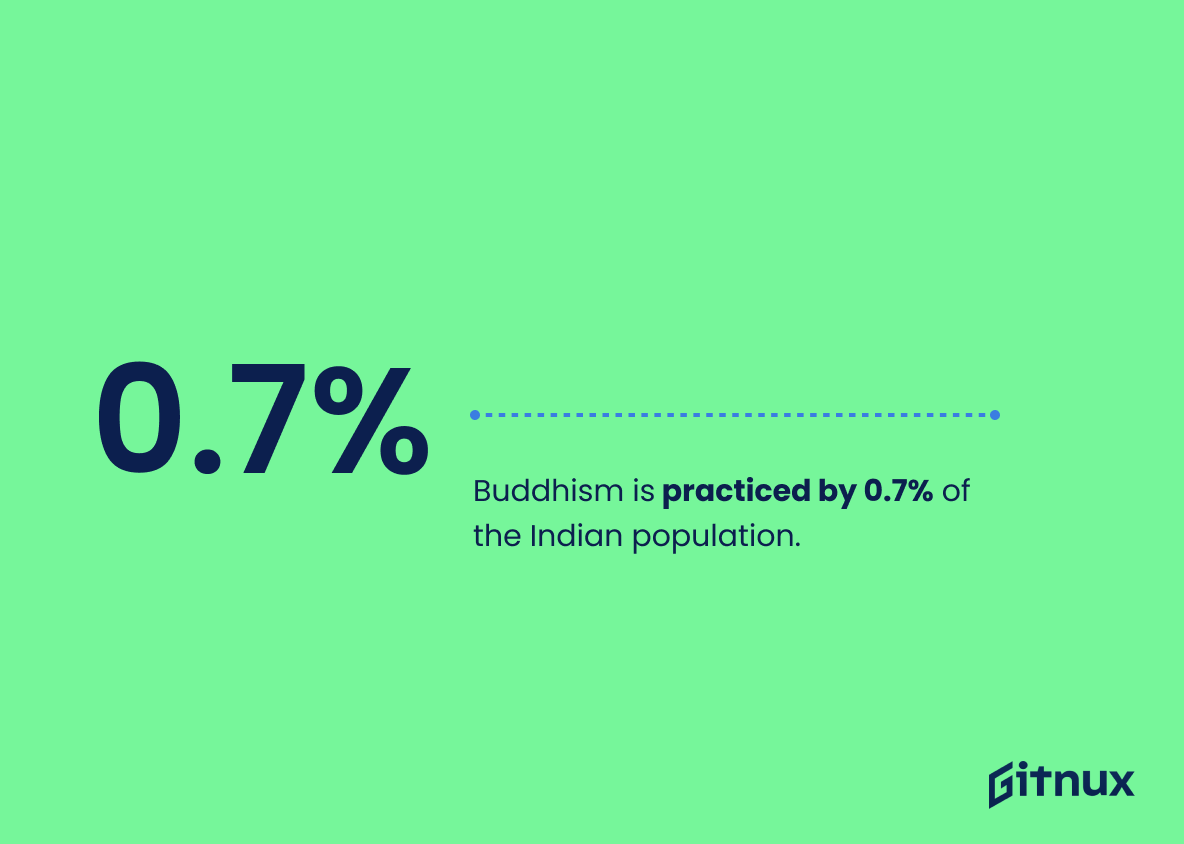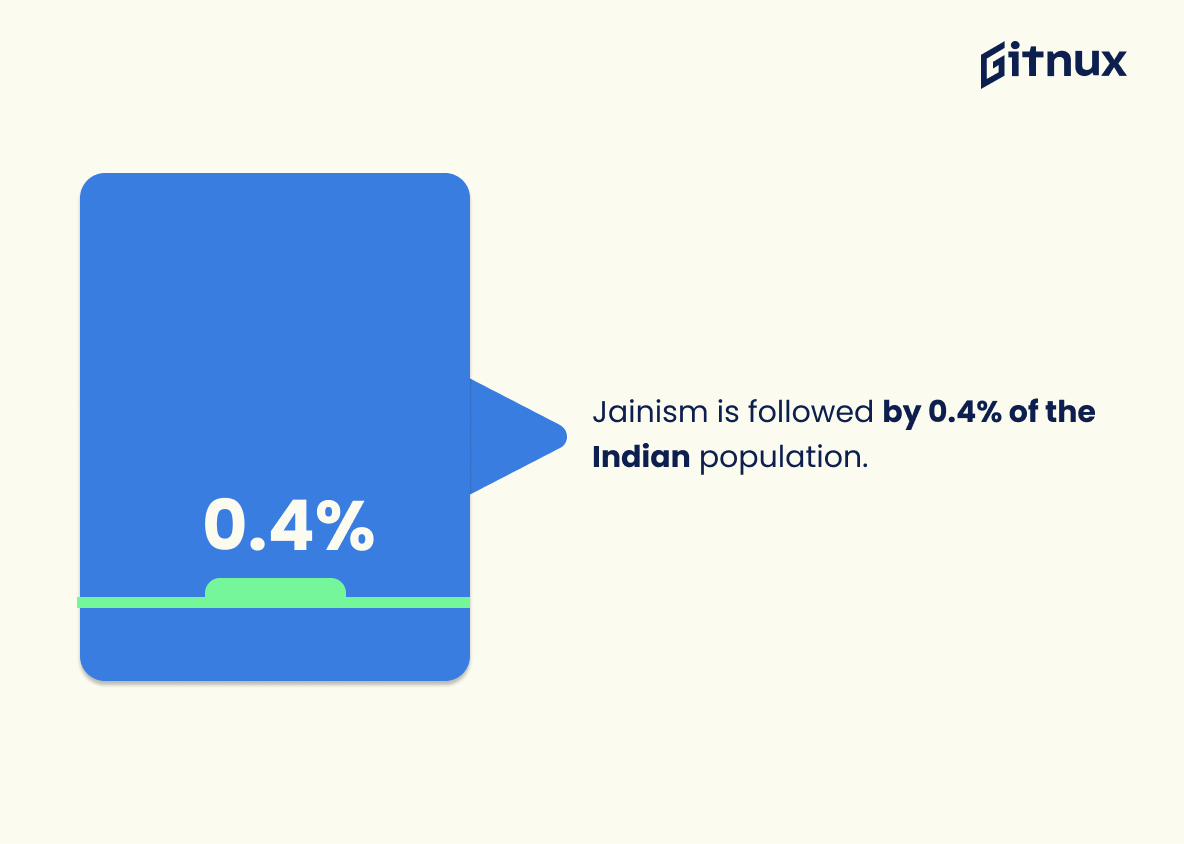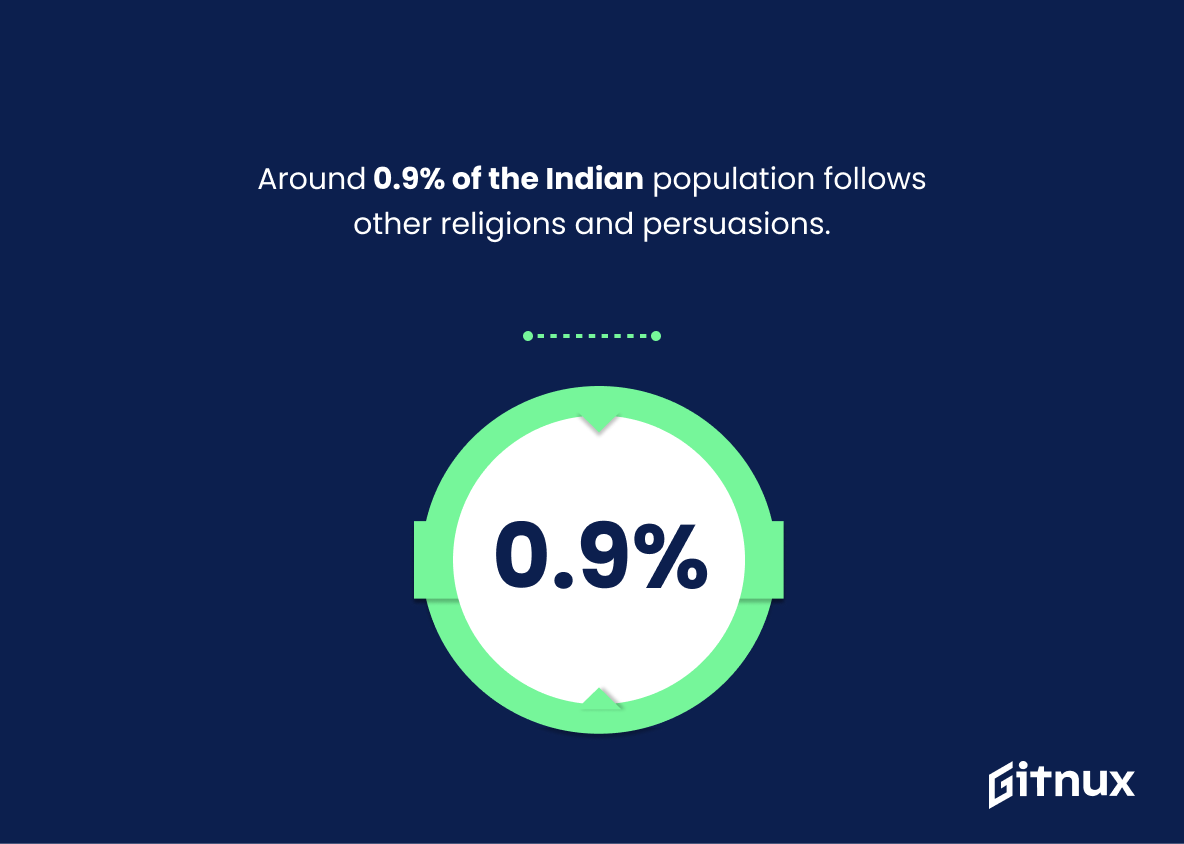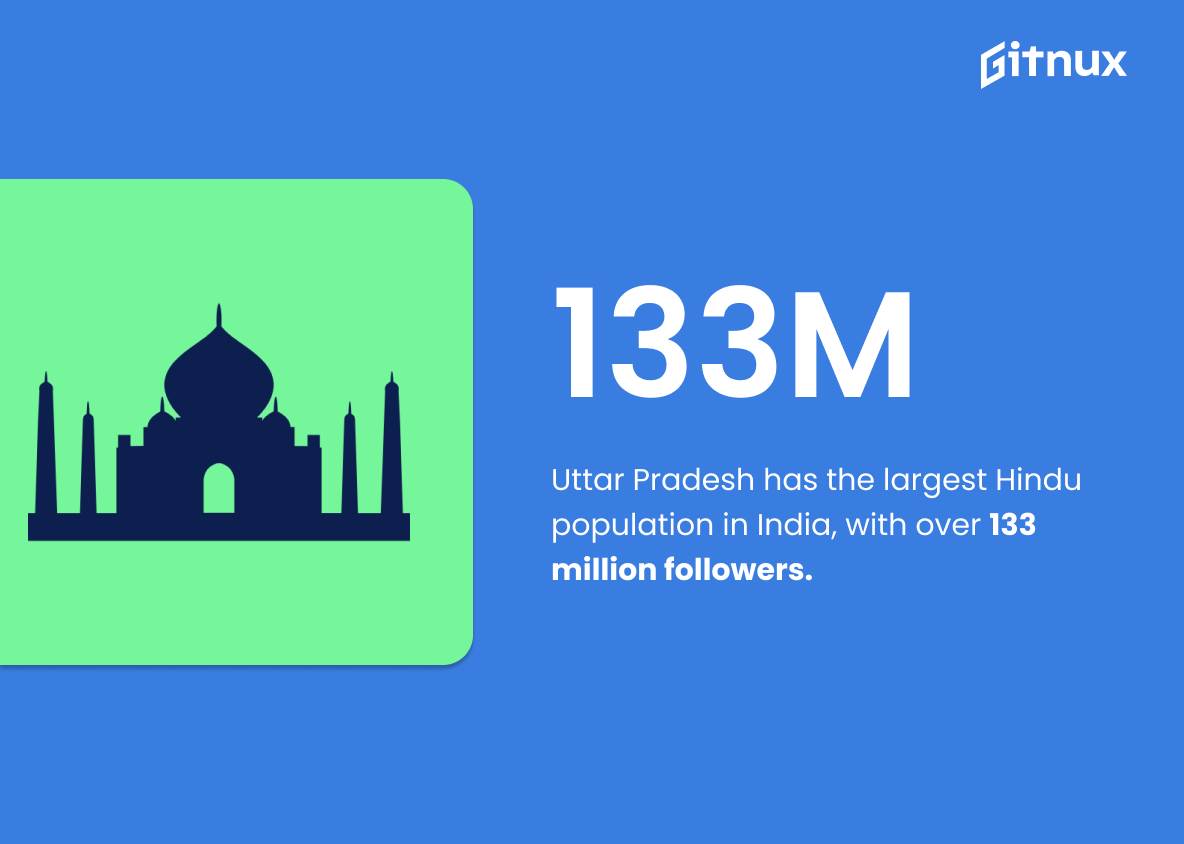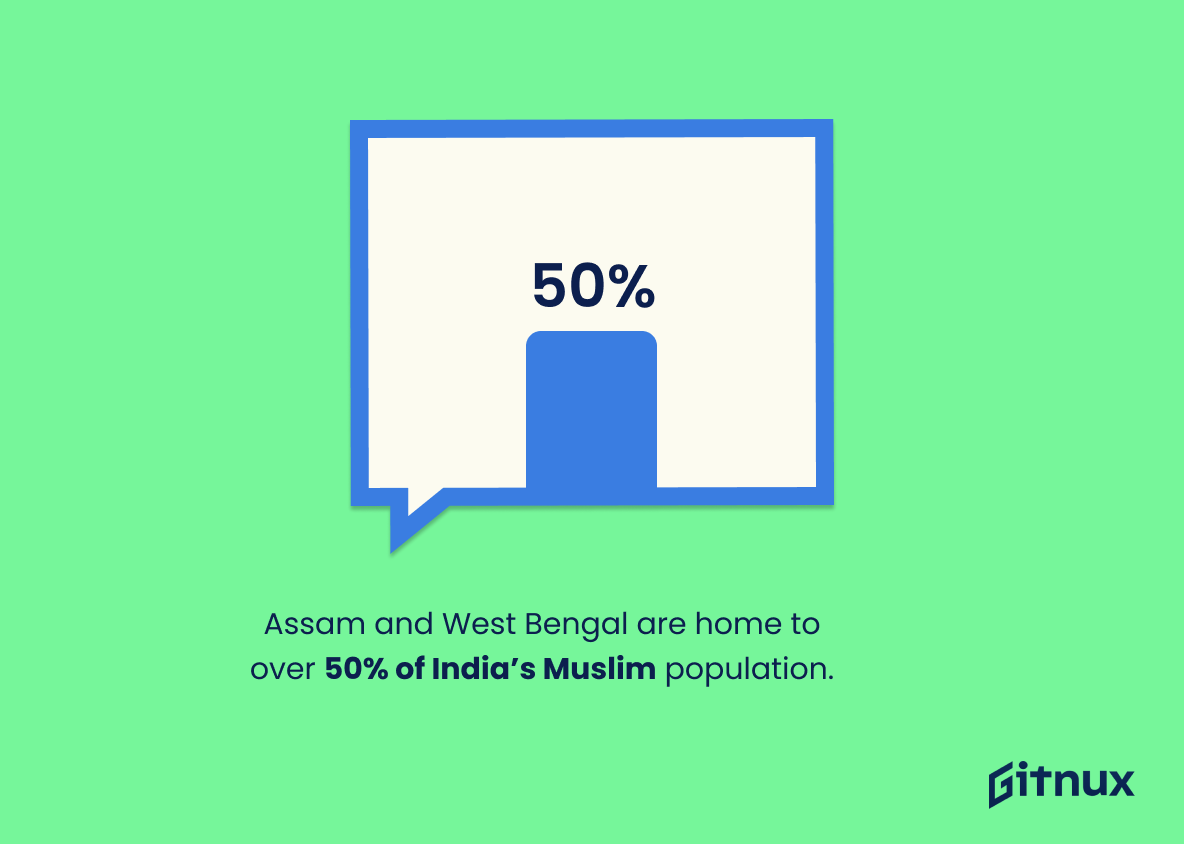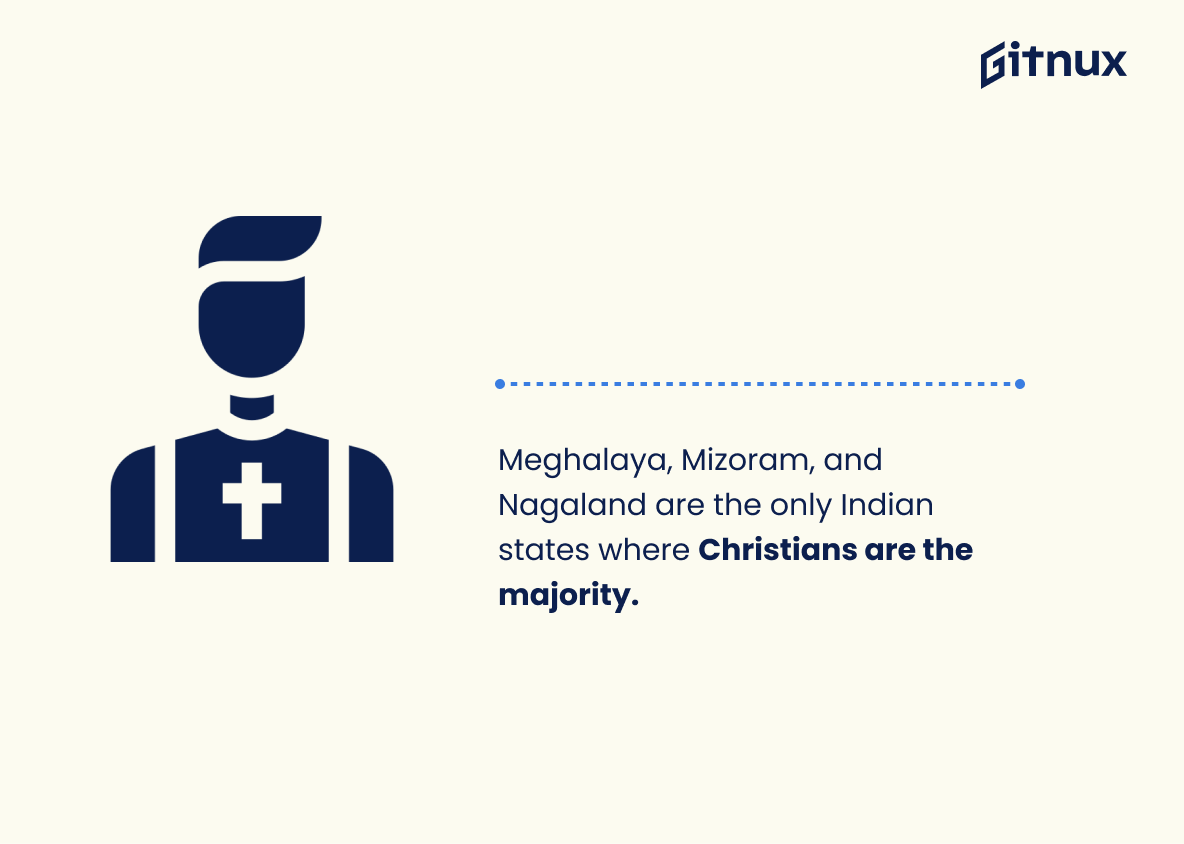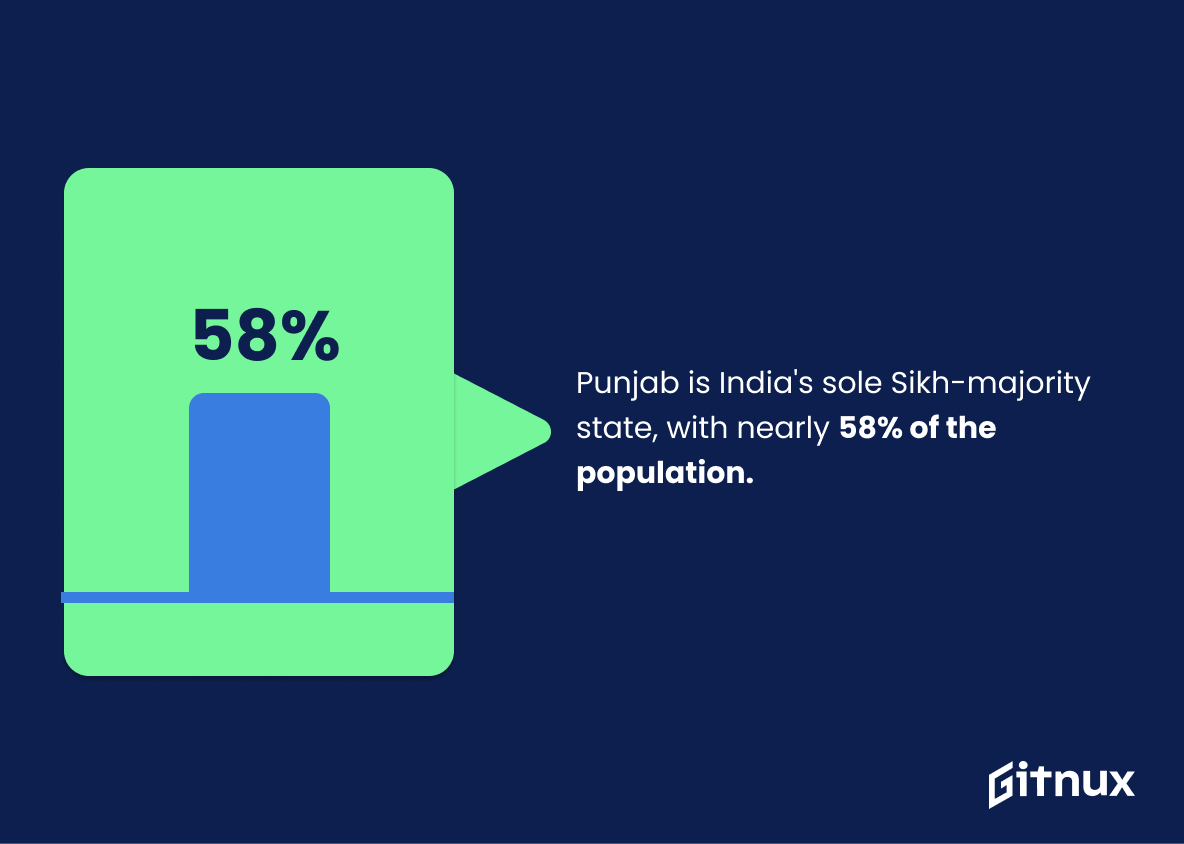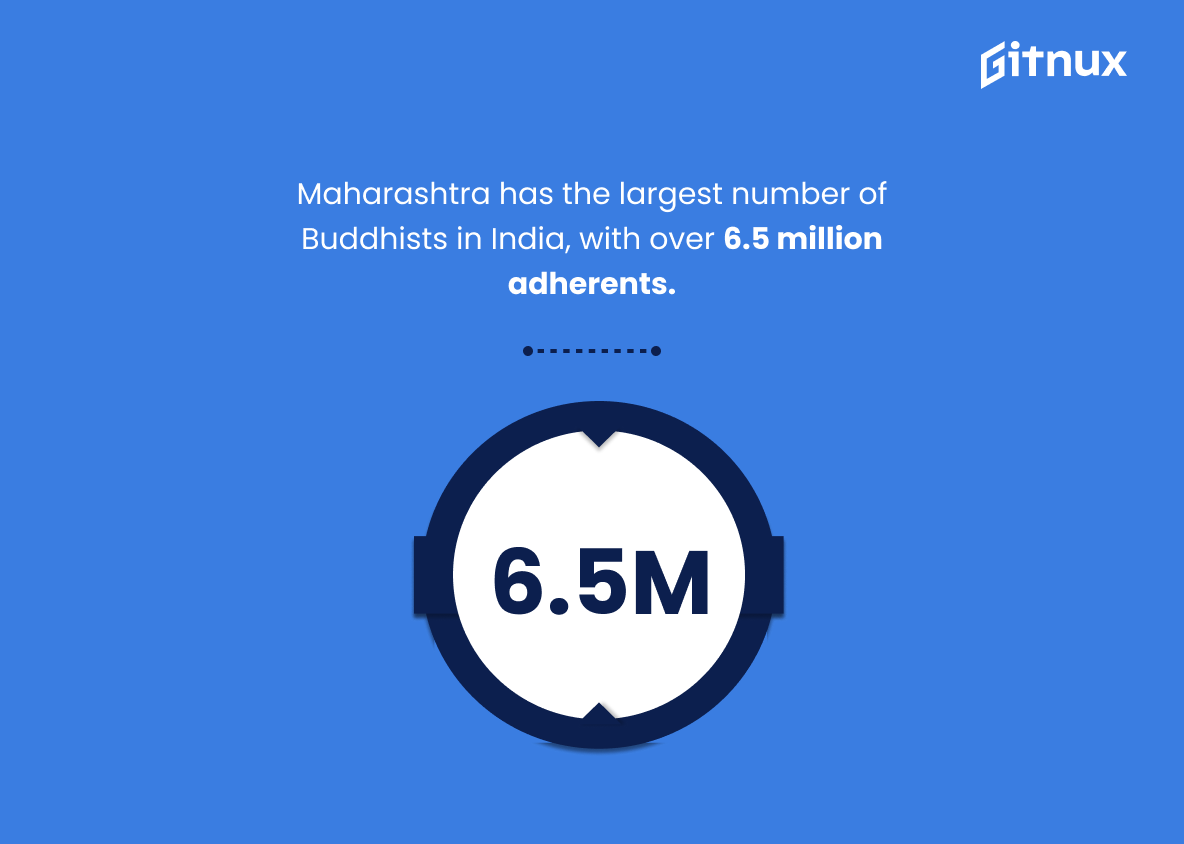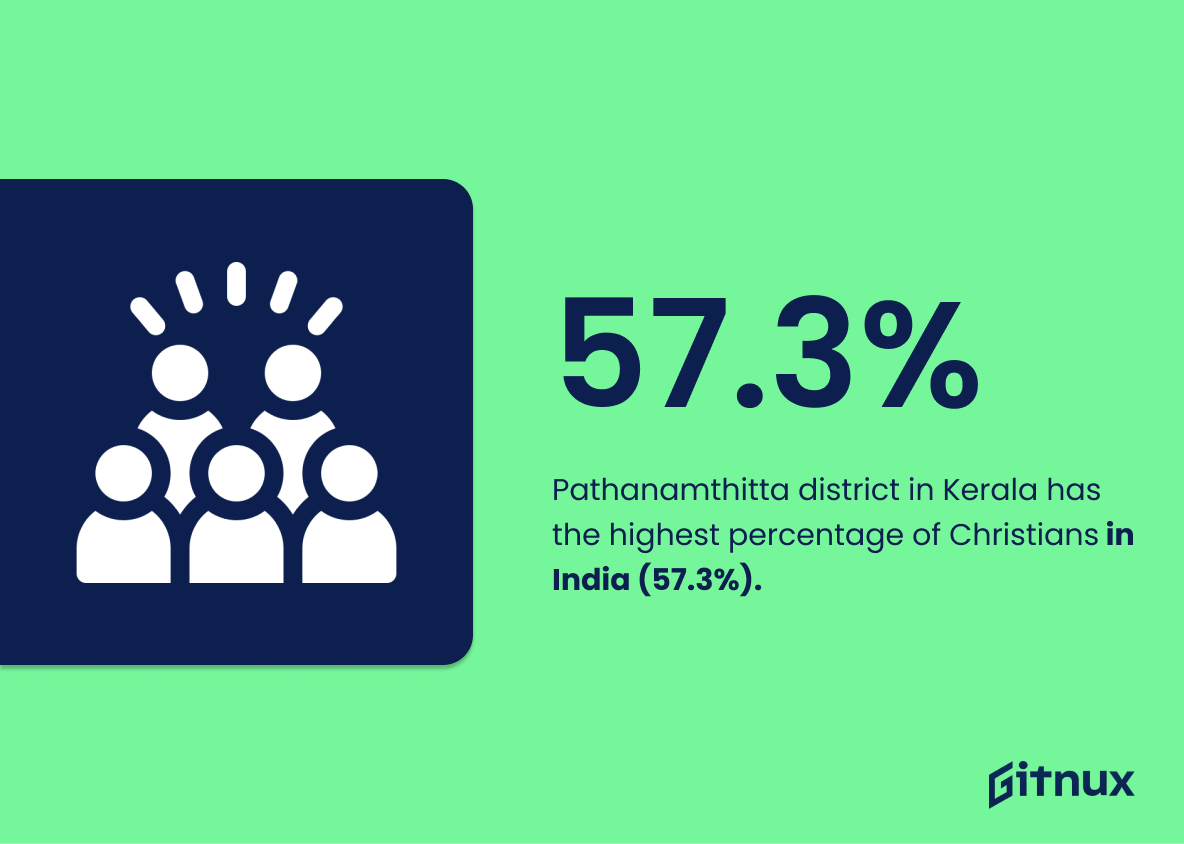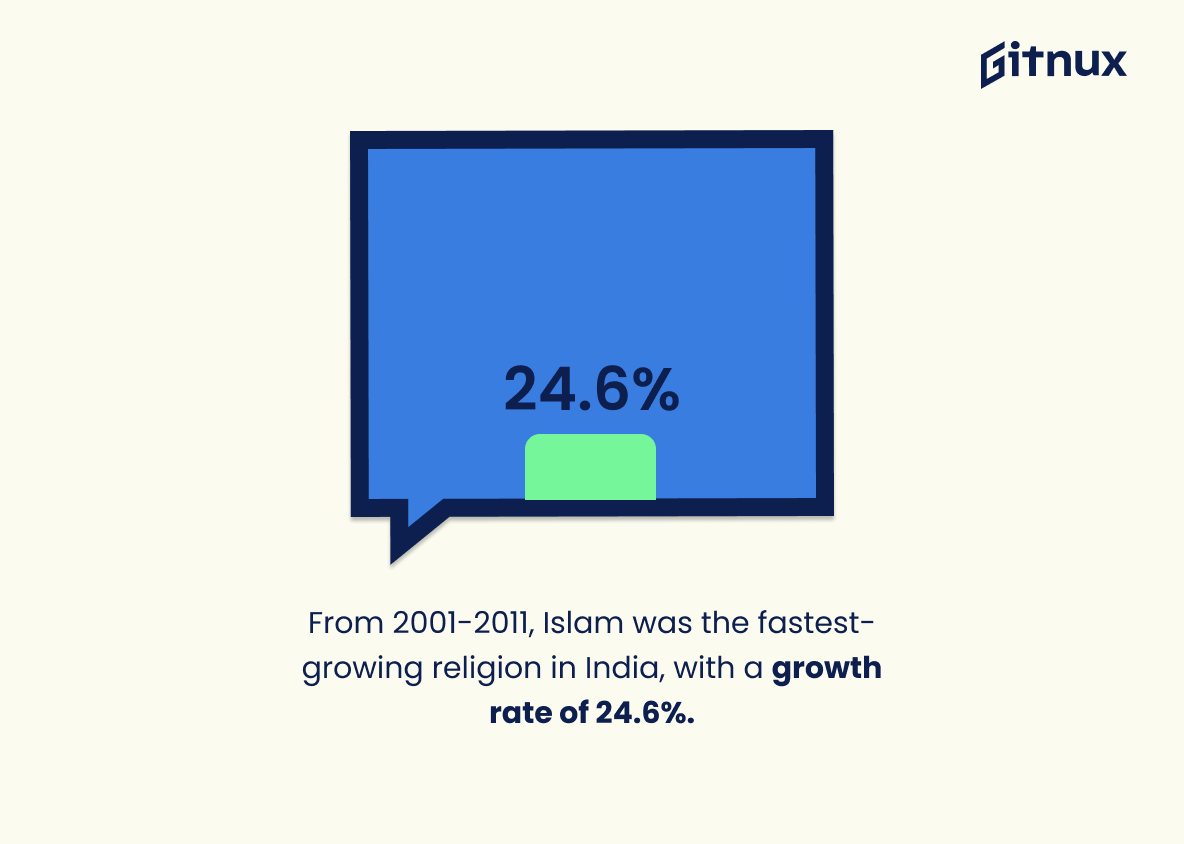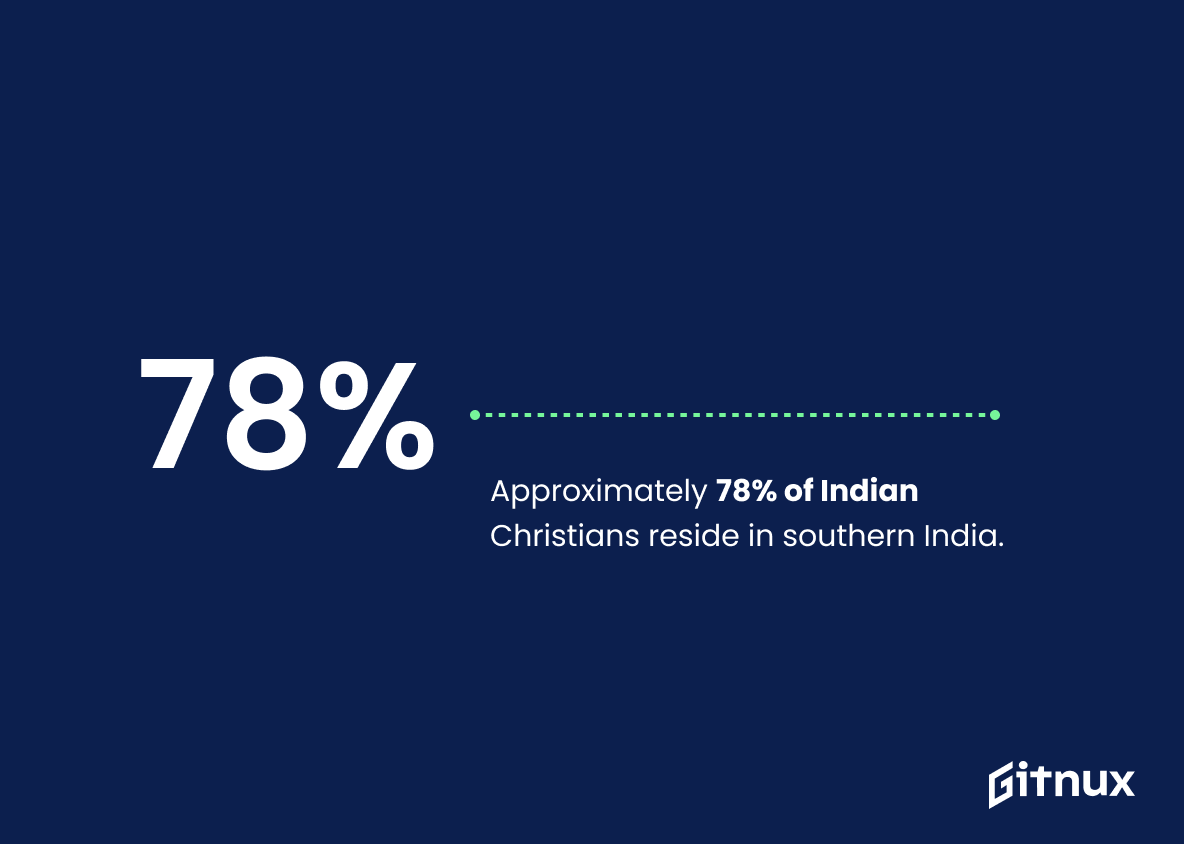Religion plays an important role in the lives of many Indians. According to data from India’s 2011 census, Hinduism is by far the most popular religion in India, with 79.8% of the population identifying as Hindus. Islam follows closely behind at 14.2%, while Christianity and Sikhism account for 2.3% and 1.7%, respectively, of the Indian population. Buddhism (0.7%), Jainism (0.4%) and other religions or persuasions make up a small percentage each – 0
This statistic is a crucial piece of information when discussing India’s religious landscape, as it provides a clear indication of the predominant faith in the country. It is also important to note that Hinduism is the oldest religion in India, and its influence has been felt throughout the country’s history. By understanding the prevalence of Hinduism in India, we can gain a better understanding of the country’s culture and its people.
Islam is the second-largest religion in India, with about 14.2% of the population identifying as Muslim.
This statistic is significant in understanding the religious landscape of India. It highlights the fact that Islam is a major religion in the country, with a sizable portion of the population identifying as Muslim. This information is essential for any blog post about India’s religious statistics, as it provides a comprehensive overview of the religious makeup of the country.
India Religion Statistics Overview
Christianity constitutes 2.3% of the Indian population.
This statistic is significant in understanding the religious landscape of India. It provides insight into the diversity of religious beliefs in the country, and how Christianity fits into the mix. It also helps to illustrate the relative size of the Christian population in India, and how it compares to other religions. Furthermore, it can be used to inform discussions about religious freedom and tolerance in India.
Sikhism accounts for 1.7% of the population in India.
This statistic is significant in understanding the religious makeup of India. It highlights the presence of Sikhism in the country, and provides insight into the diversity of religious beliefs in India. Additionally, it can be used to compare the prevalence of Sikhism in India to other countries, and to track changes in the population’s religious composition over time.
Buddhism is practiced by 0.7% of the Indian population.
This statistic is significant in understanding the religious landscape of India. It provides insight into the diversity of religious beliefs in the country, showing that Buddhism is a minority religion in India. This information can be used to further explore the religious dynamics of India, and how Buddhism fits into the larger picture.
Jainism is followed by 0.4% of the Indian population.
This statistic is important to consider when discussing India’s religious landscape, as it highlights the presence of a minority faith in the country. It is a reminder that India is a diverse nation, with a variety of religious beliefs and practices, and that Jainism is an important part of this diversity. Furthermore, this statistic can be used to illustrate the changing religious dynamics in India, as the percentage of Jains in the population has been steadily increasing over the years.
Around 0.9% of the Indian population follows other religions and persuasions.
This statistic is a crucial piece of information when it comes to understanding the religious landscape of India. It provides insight into the diversity of religious beliefs and practices that exist in the country, and highlights the fact that there is a significant minority of people who do not follow the major religions. This statistic is important for understanding the religious dynamics of India and for recognizing the importance of religious tolerance and acceptance.
Uttar Pradesh has the largest Hindu population in India, with over 133 million followers.
This statistic is significant in the context of India Religion Statistics because it highlights the sheer magnitude of the Hindu population in India. It is a testament to the fact that Hinduism is the most widely practiced religion in India, with over 133 million followers in Uttar Pradesh alone. This statistic serves as a reminder of the importance of Hinduism in India and its influence on the culture and society of the country.
Assam and West Bengal are home to over 50% of India’s Muslim population.
This statistic is a powerful reminder of the significant presence of Muslims in India, particularly in the states of Assam and West Bengal. It highlights the importance of understanding the religious diversity of India and the need to ensure that all religious communities are treated with respect and dignity. Furthermore, it serves as a reminder of the need to ensure that all religious communities have access to the same rights and opportunities, regardless of their faith.
Meghalaya, Mizoram, and Nagaland are the only Indian states where Christians form the majority.
This statistic is significant in understanding the religious diversity of India. It highlights the fact that while Hinduism is the predominant religion in India, there are still three states where Christianity is the majority religion. This provides insight into the religious landscape of India and the various religious communities that make up the country.
Punjab is the only state in India where Sikhs form the majority, constituting nearly 58% of the population.
This statistic is significant in the context of India Religion Statistics because it highlights the unique religious makeup of Punjab. With nearly 58% of the population identifying as Sikh, Punjab stands out as the only state in India where Sikhs form the majority. This statistic serves as a reminder of the importance of recognizing and respecting the diversity of religious beliefs in India.
Maharashtra has the largest number of Buddhists in India, with over 6.5 million adherents.
This statistic is significant in the context of India Religion Statistics because it highlights the fact that Buddhism is a major religion in India, with a large number of adherents in the state of Maharashtra. This is important to note as it shows that Buddhism is an important part of the religious landscape in India, and that it is not just a minor religion. Additionally, this statistic can be used to compare the number of Buddhists in India to other religions, and to understand the religious diversity of the country.
Pathanamthitta district in Kerala has the highest percentage of Christians in India (57.3%).
This statistic is significant in the context of India Religion Statistics because it highlights the unique religious diversity of Pathanamthitta district in Kerala. With 57.3% of its population identifying as Christian, it stands out as an example of religious pluralism in India. This statistic serves as a reminder that India is a country of many faiths, and that religious tolerance is an important part of its culture.
From 2001-2011, Islam was the fastest-growing religion in India, with a growth rate of 24.6%.
This statistic is a telling indication of the changing religious landscape in India. It shows that Islam is gaining traction in the country, and that its growth rate is outpacing other religions. This is an important piece of information to consider when discussing India’s religious statistics, as it provides insight into the changing religious dynamics of the country.
Approximately 78% of Indian Christians reside in southern India.
This statistic is significant in understanding the religious demographics of India. It highlights the fact that the majority of Indian Christians are concentrated in the southern region of the country, indicating that this area may have a higher concentration of Christian believers than other parts of India. This information can be used to gain insight into the religious landscape of India and how it has changed over time. Additionally, it can be used to inform policy decisions and initiatives that are aimed at promoting religious tolerance and understanding in India.
According to the Pew Research Center, Indians are the most religious among 11 Asian countries, with 83% considering religion important in their lives.
This statistic is a powerful indicator of the importance of religion in India. It shows that a vast majority of Indians consider religion to be an integral part of their lives, and that it plays a major role in their culture and society. This statistic is especially relevant for a blog post about India Religion Statistics, as it provides a clear and concise overview of the religious landscape in India.
India has the third-largest Muslim population in the world, following Indonesia and Pakistan.
This statistic is a powerful reminder of the immense diversity of India’s religious landscape. It highlights the fact that India is home to a large population of Muslims, making it one of the most religiously diverse countries in the world. This statistic is important to consider when discussing India’s religious statistics, as it provides a valuable insight into the religious makeup of the country.
In 2050, India is projected to have the largest Muslim population in the world, surpassing Indonesia.
This statistic is a powerful indicator of the changing religious landscape in India. It speaks to the growing influence of Islam in the country, and the potential for India to become a major hub of Islamic culture and tradition in the coming decades. It also highlights the importance of understanding the religious dynamics of India in order to better understand the country’s future. As such, this statistic is an important part of any discussion about India’s religious statistics.
India has the largest population of Jains in the world, with 94% of the global Jain community residing in India.
This statistic is a testament to the religious diversity of India, highlighting the fact that the country is home to a large number of Jains. It is a reminder that India is a place where people of different faiths can coexist peacefully, and that the country is a safe haven for those of the Jain faith. This statistic is an important part of understanding the religious landscape of India, and is a key factor in understanding the religious dynamics of the country.
Only 0.6% of the total Indian population self-identify as being atheist or not affiliated with any religion.
This statistic is a telling indication of the prevalence of religion in India. It demonstrates that the vast majority of the population identifies with a particular faith, and that atheism and non-affiliation are relatively rare. This is an important point to consider when discussing the religious landscape of India, as it provides insight into the religious beliefs of the population.
Conclusion
Based on the statistics provided, it is clear that Hinduism is by far the most dominant religion in India. Islam follows as a distant second with 14.2% of the population identifying as Muslim, while Christianity and Sikhism make up 2.3% and 1.7%, respectively. Buddhism accounts for 0.7%, Jainism for 0.4%, other religions/persuasions account for 0.9%. Uttar Pradesh has the largest Hindu population in India, Assam and West Bengal are home to over 50% of India’s Muslim population, Meghalaya, Mizoram and Nagaland are where Christians form majority populations; Punjab is where Sikhs constitute nearly 58%; Maharashtra has 6 million Buddhists; Pathanamthitta district in Kerala has 57 percent Christian adherents; from 2001-2011 Islam was growing at 24 percent rate annually; 78 percent Indian Christians live southwardly; 83 percent Indians consider religion important to their lives according to Pew Research Center survey results – making them more religious than 11 Asian countries surveyed combined – plus they have third largest global Muslim community after Indonesia & Pakistan which will be first by 2050 per projections made by same research center findings also noting only .6 % self identify atheist or not affiliated with any faith group within country borders overall..
References
0. – https://www.timesofindia.indiatimes.com
1. – https://www.pewresearch.org
2. – https://www.pewforum.org
3. – https://www.census2011.co.in
4. – https://www.britannica.com
5. – https://www.censusindia.gov.in
6. – https://www.censusindia.gov.in
7. – https://www.indianexpress.com
8. – https://www.indiaspend.com
